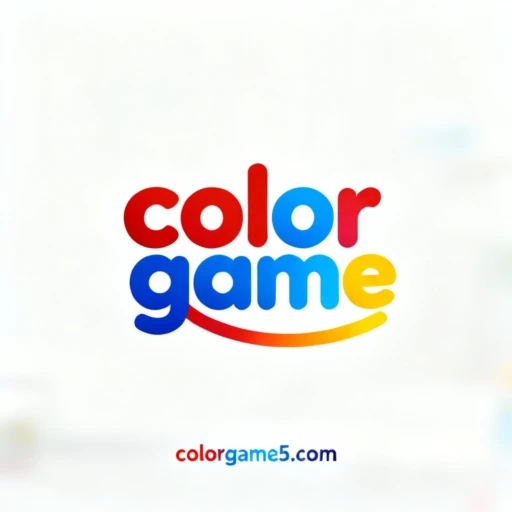
As we head deeper into 2025, color games have rapidly emerged as a pivotal trend within the digital entertainment landscape. Their rise can be attributed to their unique blend of simplicity and engagement, attracting a diverse array of players across all age groups. Color games often capitalize on vibrant graphics and straightforward gameplay, which makes them accessible to users worldwide.
One contributing factor to the popularity of color games is their adaptability to various devices, including smartphones, tablets, and desktop computers. This cross-platform compatibility ensures that users can enjoy gaming experiences without being restricted by hardware limitations, thus reaching a broad audience. In recent months, several English game websites have reported a significant increase in user engagement, specifically within sections dedicated to color-related challenges.
Moreover, the globalization of gaming content has resulted in broader access to different cultural themes and influences, which are seamlessly incorporated into these games. Developers are continuously updating their offerings to reflect current trends and societal interests, thereby maintaining player interest.
Furthermore, color games are now being used as educational tools. Many educators have found them beneficial in teaching children about colors, logic, and even coding. This dual functionality not only boosts their popularity among younger audiences but also their acceptance among teachers and parents who seek engaging educational content.
Industry reports suggest that the introduction of innovative storytelling within color games could also usher in new dynamics in game interaction. By adding layers of narratives, developers aim to transform simple puzzle-solving into a richer, more immersive experience. This evolving narrative style is expected to push the boundaries of what these seemingly simple games can achieve.
The color game trend is expected to continue growing, with predictions indicating further developments in augmented reality (AR) and virtual reality (VR) integrations. This futuristic advancement will likely open new avenues for interaction and user immersion, making color games not only a staple in web entertainment but also a formidable player in the global gaming industry.


